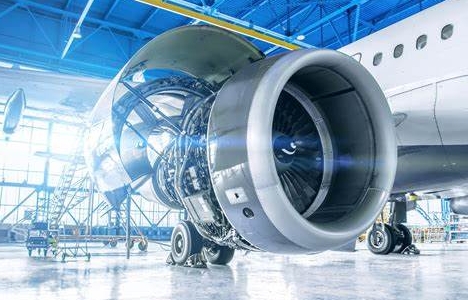
Engineers must take into account a variety of factors when designing spacecraft and aircraft. To maximize fuel efficiency and payload, parts need to be lightweight but strong enough to take on high force maneuvers or impacts. Materials used must meet aerospace standards, including flame, smoke and toxicity regulations. Additionally, parts must be able to withstand radiation and other harsh environmental conditions.
Modern additive technologies enable engineers to build aerospace-grade parts using modern manufacturing techniques. This versatile process can be used to produce parts from a wide range of materials, such as polymers, metals or composites. The flexibility of additive manufacturing allows engineers to create components that have the material properties needed for the application. It can also help achieve the optimal weight-to strength ratio.

Carbon fiber reinforced materials, for example, are perfect for aerospace applications as they provide the same stiffness and strength of metals but without the weight. Combining carbon fibers with polymers produces lightweight components that can absorb impact and vibration energy. Due to the combination of strength as well as elasticity, these materials have become increasingly popular among aerospace applications such fuselages and components.
A new technology that is emerging in the aerospace industry is 3D Printing. 3D printing is being used by aerospace manufacturers and maintenance staff to produce tooling that can be used for the assembly, disassembly and production of spares parts. This reduces costs and time. A 3D printer is a very effective tool for prototyping and testing designs, before building a final component.
There are different additive manufacturing processes (AM), and some are more suitable for producing carbon nanocomposite structure components. FDM, for example uses thermoplastic molten filaments to build up layers one by one. This method is commonly used to create parts to test and prototype, but can also be applied to cabin accessories.
Similarly, stereolithography (SLA) is a process that uses UV light to cure photosensitive polymer resin to make parts layer by layer. This technology offers the highest level of precision in the building process and is most commonly used to build aircraft components. It is essential that AM parts are tested and verified to make sure they're safe. Post-processing procedures such as surface coatings or CNC machining must be included. Further, industry and regulators must work in tandem to create protocols to guarantee the quality of AM parts the same as conventionally made components. These protocols will allow aerospace companies to fully leverage the transformative potential of AM.

Write a Message